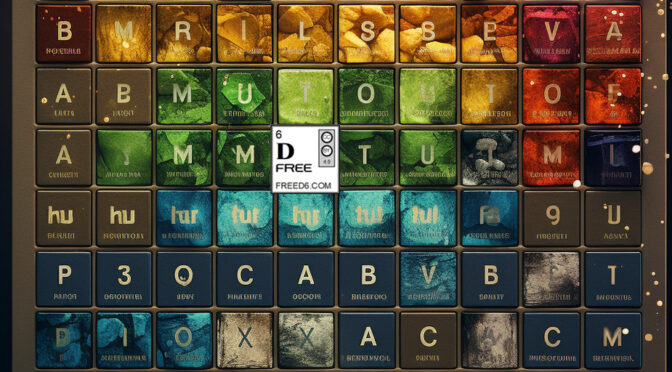There are six normal abilities that describe characters and most opponents: Strength, Dexterity, Intelligence, Perception, Presence, and Wits. Each of these abilities has five untrained skills; each skill has three untrained specializations. Untrained skills and untrained specializations do not require ranks before they can be used.
Tag Archives: attributes
Normal Attribute: Tech
Tech – Tech is an important part of the Space Bricks universe. Buildings, gear, and vehicles need to be put together and reinvented as well as smashed into bricks and studs. Characters need to be able to use their creations as well. Tech-based characters will be able to operate vehicles, computers, and complex systems as well as create new things from component parts.
Normal Attribute: Wit
Wit – Wit describes a character’s charisma, attention to detail, and people skills. Most interactions with animals and other characters will depend on how they use their wits. Witty characters understand not only the relationships between others but how all things are connected.
Normal Attribute: Agility
Agility – Agility describes a character’s ability to move with speed and balance, their hand-eye coordination, and the ability to move smoothly and surely. Agile characters are great at getting into difficult places and manipulating fine components.
Normal Attribute: Might
Might – Might describes a character’s physical ability to fight with others, move or destroy heavy objects, resist damage, and hurl things with force and accuracy. Mighty characters tend to be larger than normal.
Extranormal Attribute: The Force
The Force – The Force is an energy field created by all living things. It surrounds us and penetrates us. It binds the galaxy together, not unlike the locking studs on top of bricks. The Force enhances the connections between a character and the world around them. It is a powerful ally. Star Wars Lego has only one Extranormal attribute – The Force, though different traditions may call it by other names.
